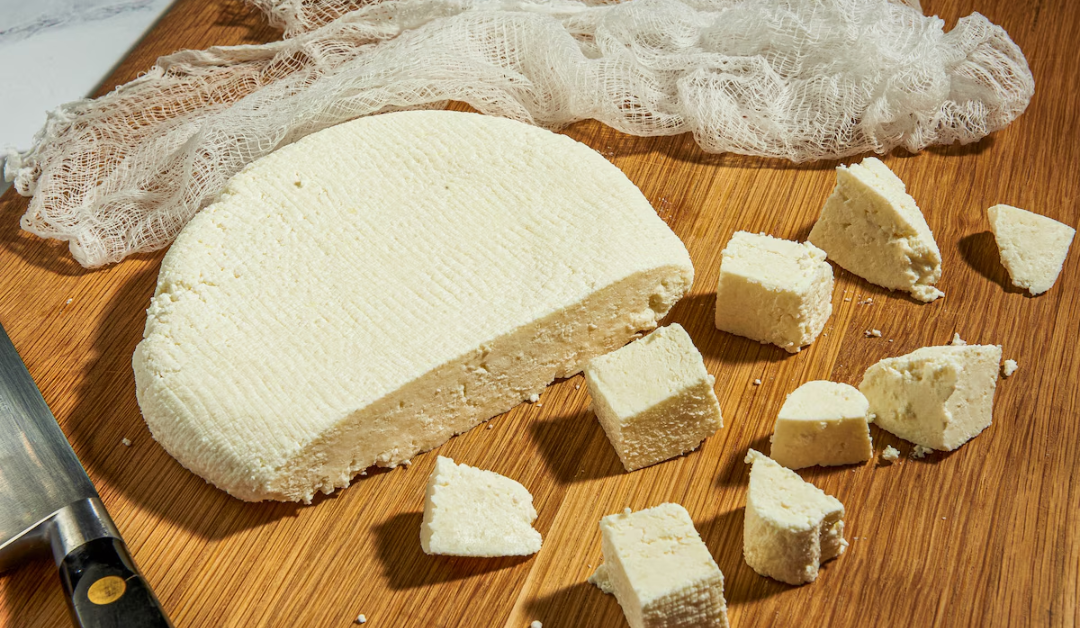Paneer, a beloved staple of Indian households and restaurants, has come under the scanner after a major food safety drive revealed widespread adulteration. Once considered a wholesome and nutritious protein source, this dairy favorite is now being diluted with unsafe and artificial substances, raising concerns for millions of consumers.
Disturbing Numbers Emerge from Food Safety Tests
In a recent testing spree conducted over a year across regions including Noida and Greater Noida, food safety authorities collected over 120 samples of paneer. Shockingly, 83% of these samples were found substandard, and nearly 40% were categorized as outright unsafe for consumption.
The findings highlight a concerning trend: paneer is not just losing its nutritional value—it’s becoming a potential health hazard.
How Adulteration is Done
The adulteration process often involves mixing cheaper substitutes like palm oil and soya oil into paneer to mimic the richness of pure milk fat. This not only lowers production costs for unscrupulous vendors but also compromises the nutritional integrity of the product.
Health Risks of Consuming Fake Paneer
Consuming adulterated paneer can trigger a range of health issues. In the short term, symptoms may include:
- Upset stomach
- Vomiting or nausea
- Diarrhea
- Long-term consumption, however, poses more serious risks:
- Liver and kidney damage
- Heart complications
- Disruption of digestive functions
How to Identify Fake Paneer
Worried your paneer might be fake? Here are simple ways to check:
- Texture: Genuine paneer is soft, crumbly, and slightly grainy. Adulterated versions often feel rubbery or overly smooth.
- Smell: Authentic paneer carries a mild dairy fragrance. If it smells synthetic or chemical-like, it could be fake.
- Taste: Natural paneer tastes creamy and fresh. Artificial versions may have a bland or strange aftertaste.
- Cooking Behavior: When cooked, real paneer holds its shape and browns slightly. Fake paneer can melt, shrink, or become chewy.
- Moisture: Pressing real paneer releases whey. If your paneer stays dry when squeezed, it may be synthetic.
Action Needed: Stricter Monitoring and Public Awareness
Authorities have stepped up monitoring efforts, particularly during festive seasons when the demand for dairy products spikes. However, enforcement alone isn’t enough—consumer awareness is key. Buyers are urged to:
- Purchase paneer from trusted shops or certified brands
- Check packaging and expiry dates carefully
- Report suspicious products to local food safety departments
This surge in paneer adulteration serves as a wake-up call for consumers and regulators alike. A product that holds a cherished place in Indian cuisine is being compromised on a massive scale. Staying informed, alert, and proactive is now more important than ever to safeguard both health and tradition.




